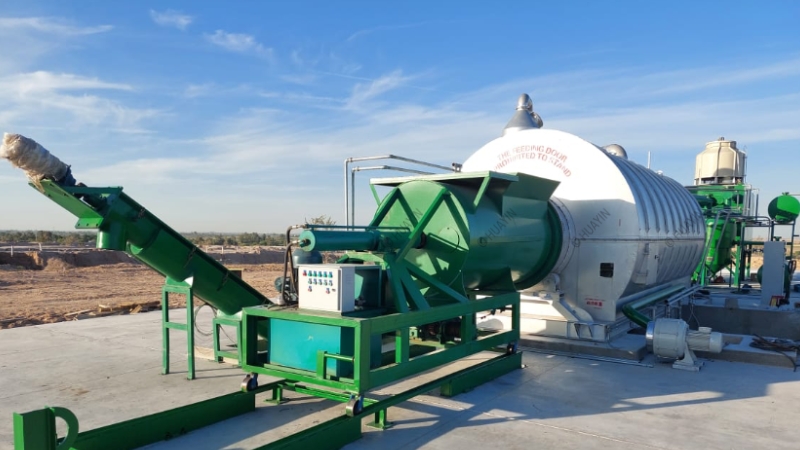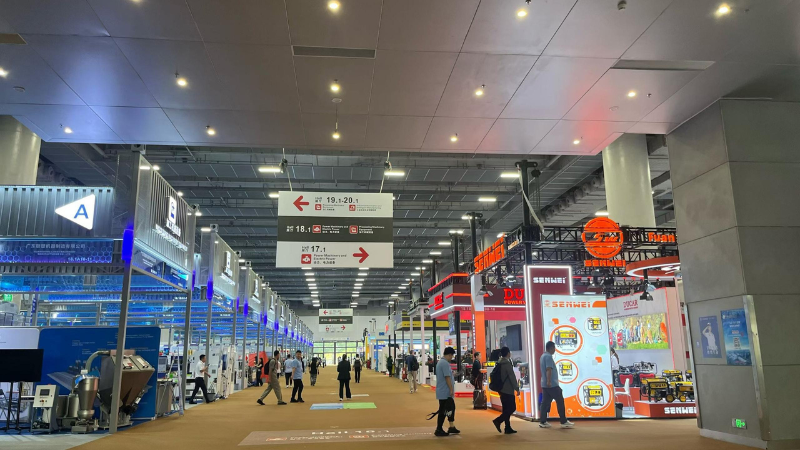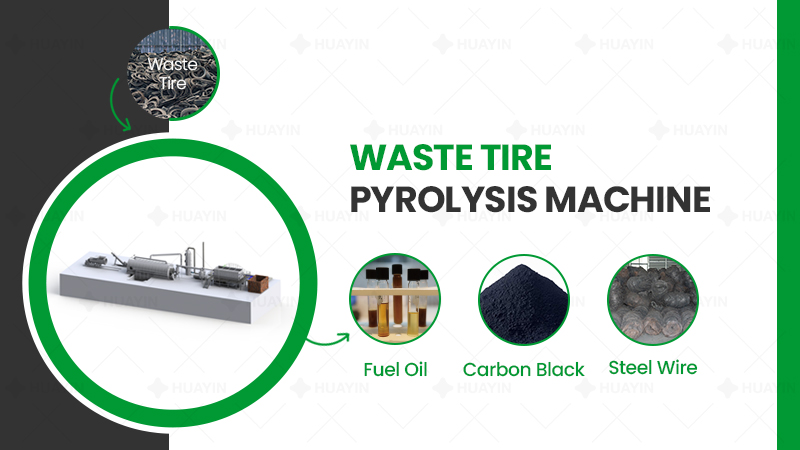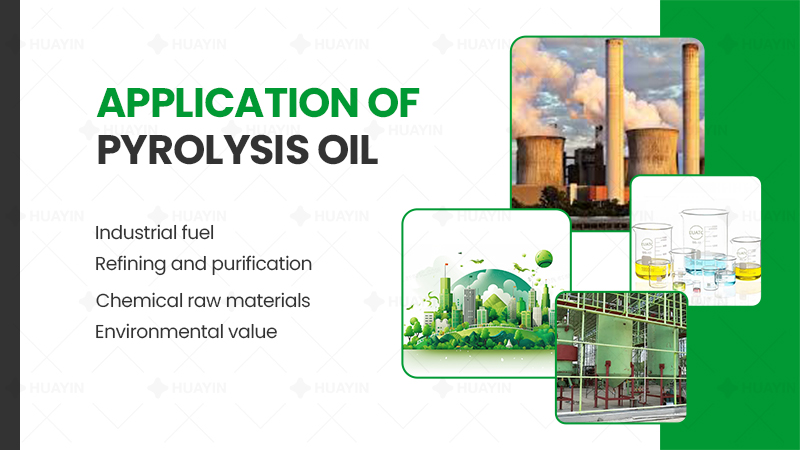
Pyrolysis is a green technology for waste treatment. High-temperature treatment of used tires, plastic waste, oil sludge, etc in a pyrolysis reactor to achieve waste resource recovery. After the waste is put into the pyrolysis furnace, a certain amount of smoke will be generated, this is a normal chemical reaction process.
The basic principle of pyrolysis is to heat waste raw material at high temperatures without oxygen, causing the organic molecules inside to break and recombine. In this process, a series of intermediate and final products will be produced, such as volatile gases such as olefins and aromatic hydrocarbons. Meanwhile, because the waste itself contains a certain amount of moisture, this moisture will quickly evaporate into water vapor at high temperatures. These volatile gases sublimate with water vapor and quickly cool and condense after leaving the pyrolysis furnace, forming visible smoke.
The pyrolysis process is a gradual and complex reaction. In the initial stage, as the temperature increases, the volatile substances with higher content inside the waste begin to decompose and release, producing a relatively large amount of gas, thus forming a thicker smoke. As the reaction progresses, the amount of volatile substances decreases and the gas production gradually decreases, resulting in a corresponding decrease in smoke concentration. After the pyrolysis reaction is completed, the smoke will completely disappear.
The production of a certain amount of smoke after feeding in the pyrolysis reactor is completely a normal phenomenon and does not mean there is a problem. As long as the smoke concentration continues to decrease and disappears after the reaction ends, it indicates that the pyrolysis process is normal. Workers don’t need to worry too much, they just need to adjust the operating parameters appropriately according to the actual situation.



